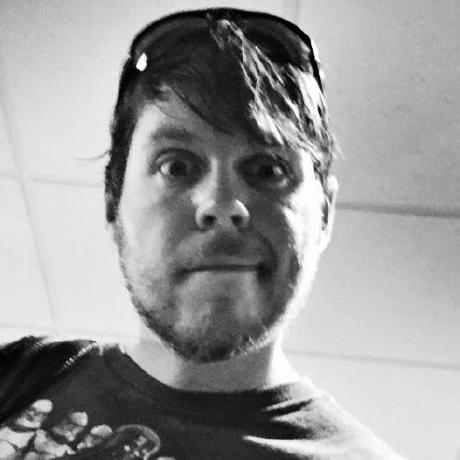On Bricks¶
A Lifecycle Model¶
A brick specifies adopted technical standards and protocols or technologies and products. They define current and future standards. They also define products or standards in the current environment that are to be retired or contained.
Visually, a brick is formulated as:
| DESCRIPTION | ||
|---|---|---|
| Description of the Brick Model | ||
| BASELINE (Today) | TACTICAL (0-2 Years) | STRATEGIC (0-2 Years |
| Products or technologies currently in use. | Mainstream products or technologies recommended for use. | Mainstream products or technologies recommended for use. |
| RETIREMENT (To be eliminated.) | CONTAINMENT (No new development.) | EMERGING (To track.) |
| Products or technologies slated for retirement. | Products or technologies recommended for containment with limited investment or committment. | Products or technologies to be evaluated. |
| COMMENTS | ||
| Additional comments about the products or technologies withing the brick moduel. | ||
| APPROVED ON | NEXT REVIEW ON | |
| Date approved. | Date for next review. |
Keep in mind that there is a much better way to manage these brick models that creating each individually like the above. For example, working with one of my past teams we developed an bespoke application based on The Essential Project Meta-Model to input all technology reference models components and capabilities so that the visual representation.
Each brick categorizes the specified technologies by lifecycle designations that accommodate the organization’s diversity and the architects' recommendations:
-
Baseline - technologies include current technology and/or process element(s) in use.
-
Tactical - technologies are recommended for use in the near or tactical time frames (next two years). Currently available products needed to meet existing needs are identified here. These are considered to be mainstream technologies.
-
Strategic - technologies provide strategic advantage and might be used in the future. Usually, marketplace leaders are identified here, as they are likely to provide better benefits and meet the anticipated needs of the business. These are considered to be mainstream technologies.
-
Retirement - includes technology and/or process elements targeted for de-investment during the architecture planning horizon (five years).
-
Containment - includes technology and/or process elements targeted for limited (maintenance or current commitment) investment.
-
Emerging - technology and/or process elements are to be evaluated for future use based on technology availability and business need. These technologies may not be new to the marketplace, but are simply not yet in use at the organization. In this case, the products may be a fit for emerging needs at the organization.
Any relevant standards and relevant policies to the brick model should be provided with the model.
Technology Evolution¶
Bricks document current “as-is” baseline environment and future “to-be” target states. They also address emerging technologies and show the typical flow of these technologies through the enterprise. Because business and technology environments change, bricks are periodically revised.
A brick addresses the technology lifecycle of a given technology. Technologies in tactical and strategic designations should be selected for future implementations and will begin to, or continue to, reside in the baseline.
New technologies enter the environment by first being designated as an emerging technology. If an emerging technology shows promise through marketplace acceptance or a successful pilot implementation, then a domain team or an enterprise architect can request an update to the architecture to promote it to the tactical or strategic designation (cumulatively known as mainstream.) Some emerging technologies will not prove a good fit for, in which case they can be removed from the emerging category during the next update of the brick.
Existing technologies eventually exit the environment. Some technologies in the baseline could become a detriment as they incur more maintenance costs or are more difficult to integrate. Older baseline technologies can be phased out of the environment in two ways:
-
If the technology is designated containment, then it will eventually, through attrition, be displaced by tactical and strategic technologies as the applications that use that it are migrated to newer technologies.
-
If the technology is designated retirement, then organization will initiate a transition plan to replace it with newer technology.Technologies may be designated as containment for several years before there is ample business justification to move them to retirement and to spend money to retire them.
